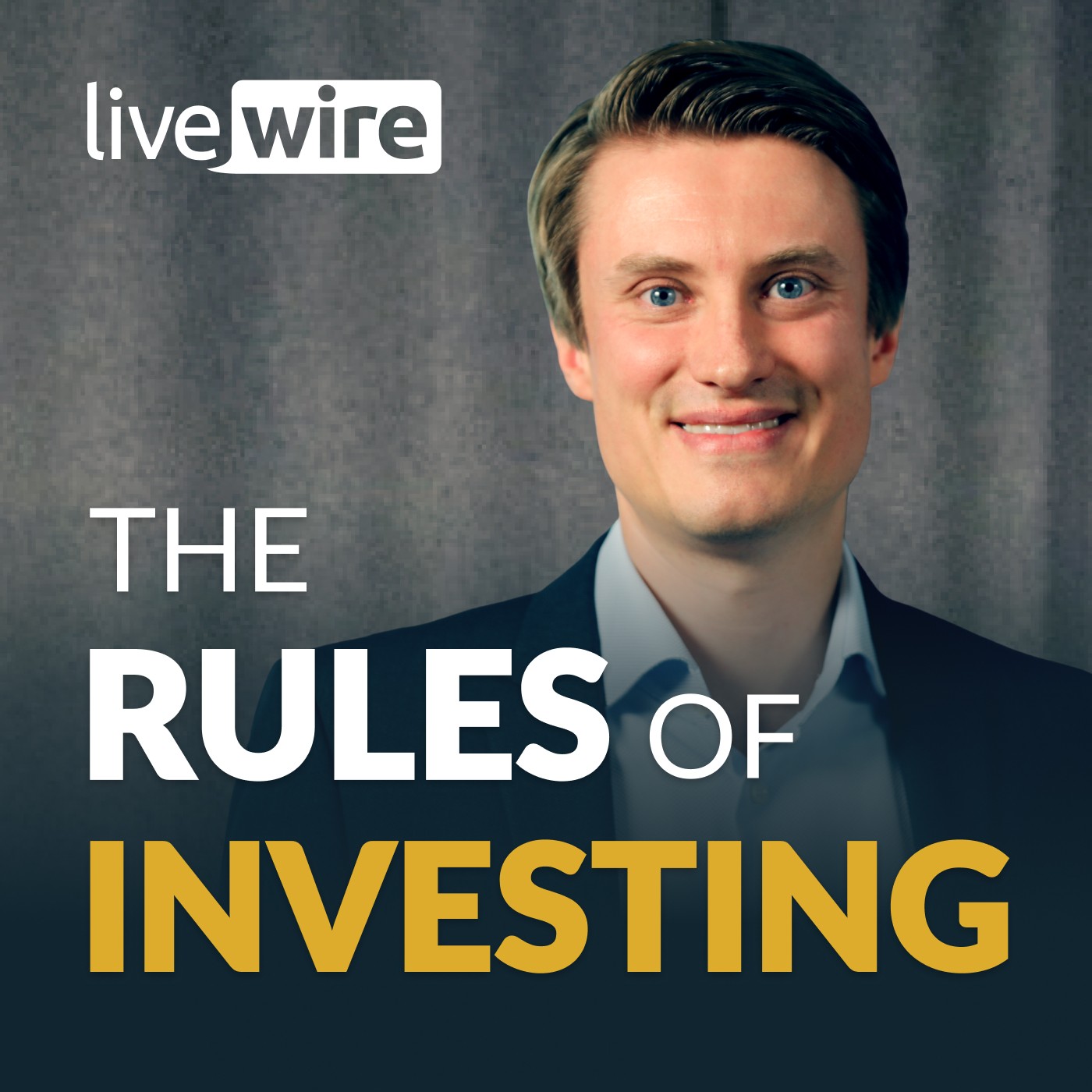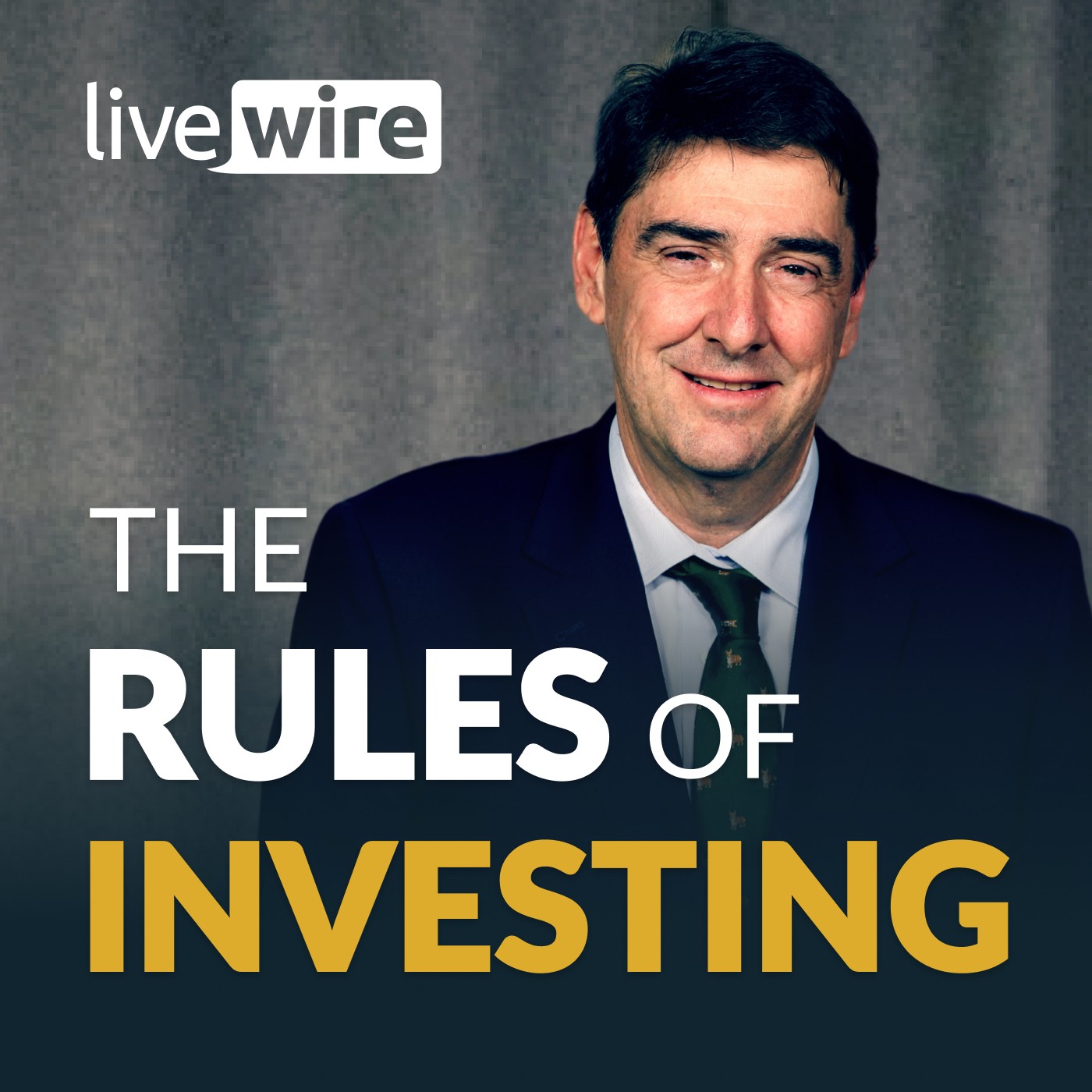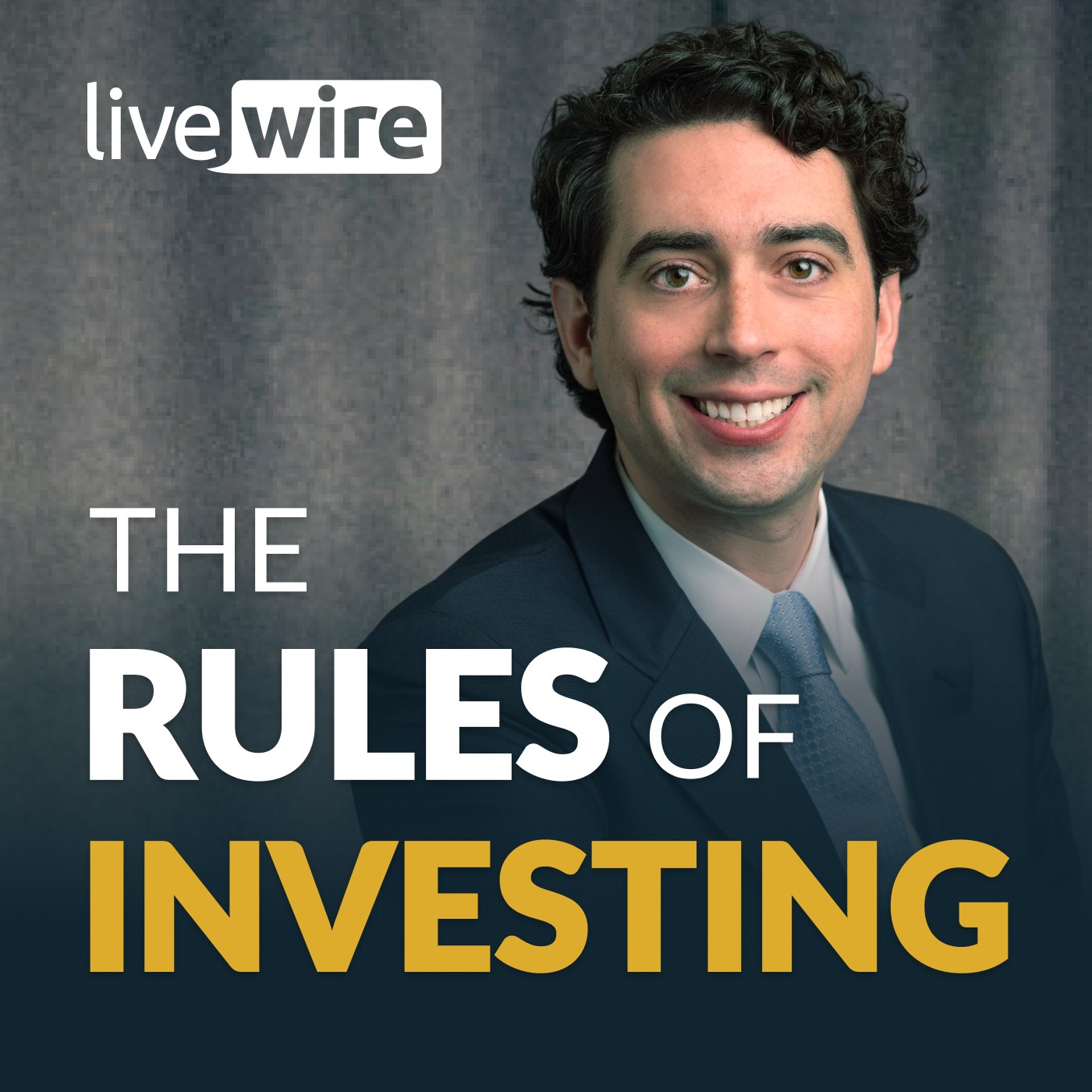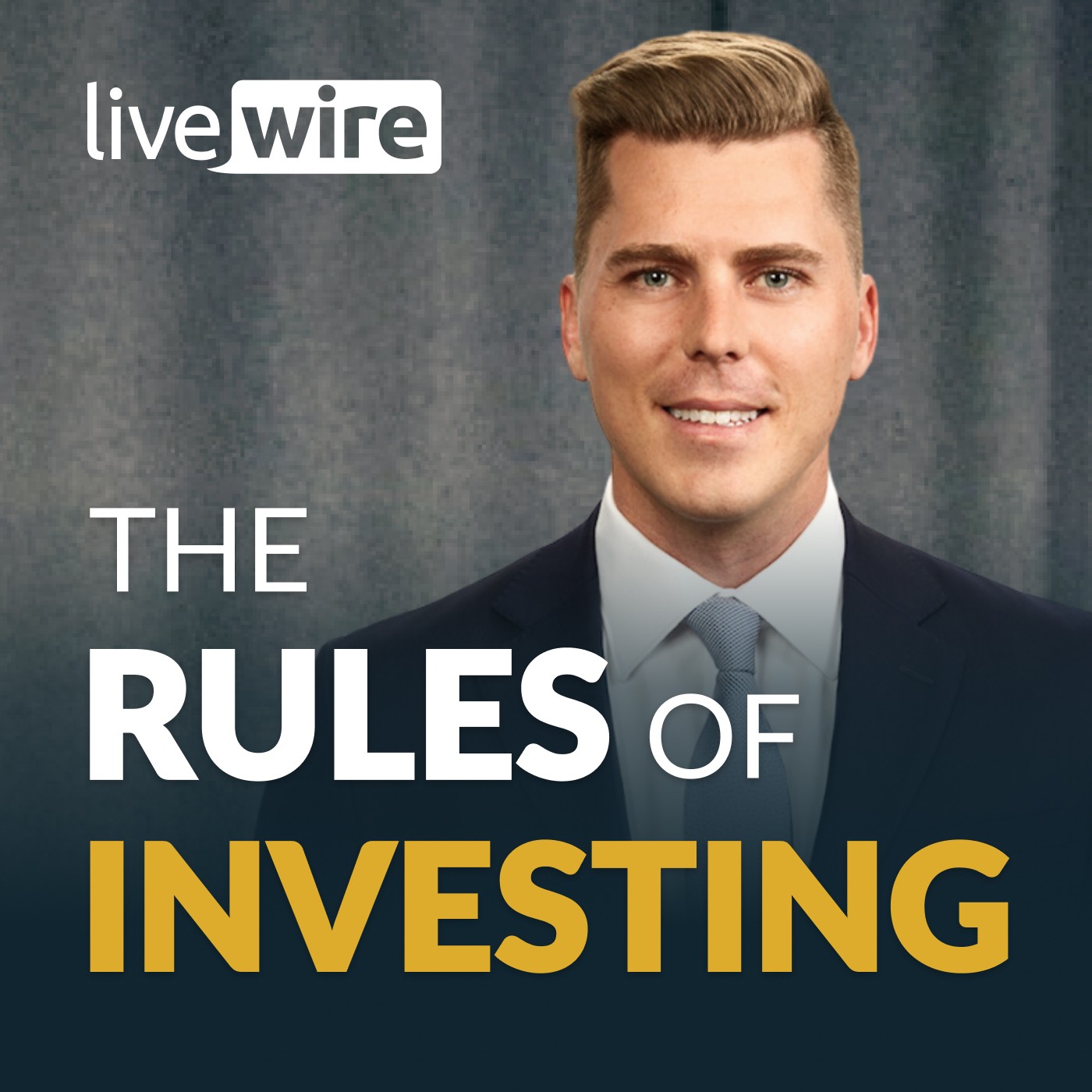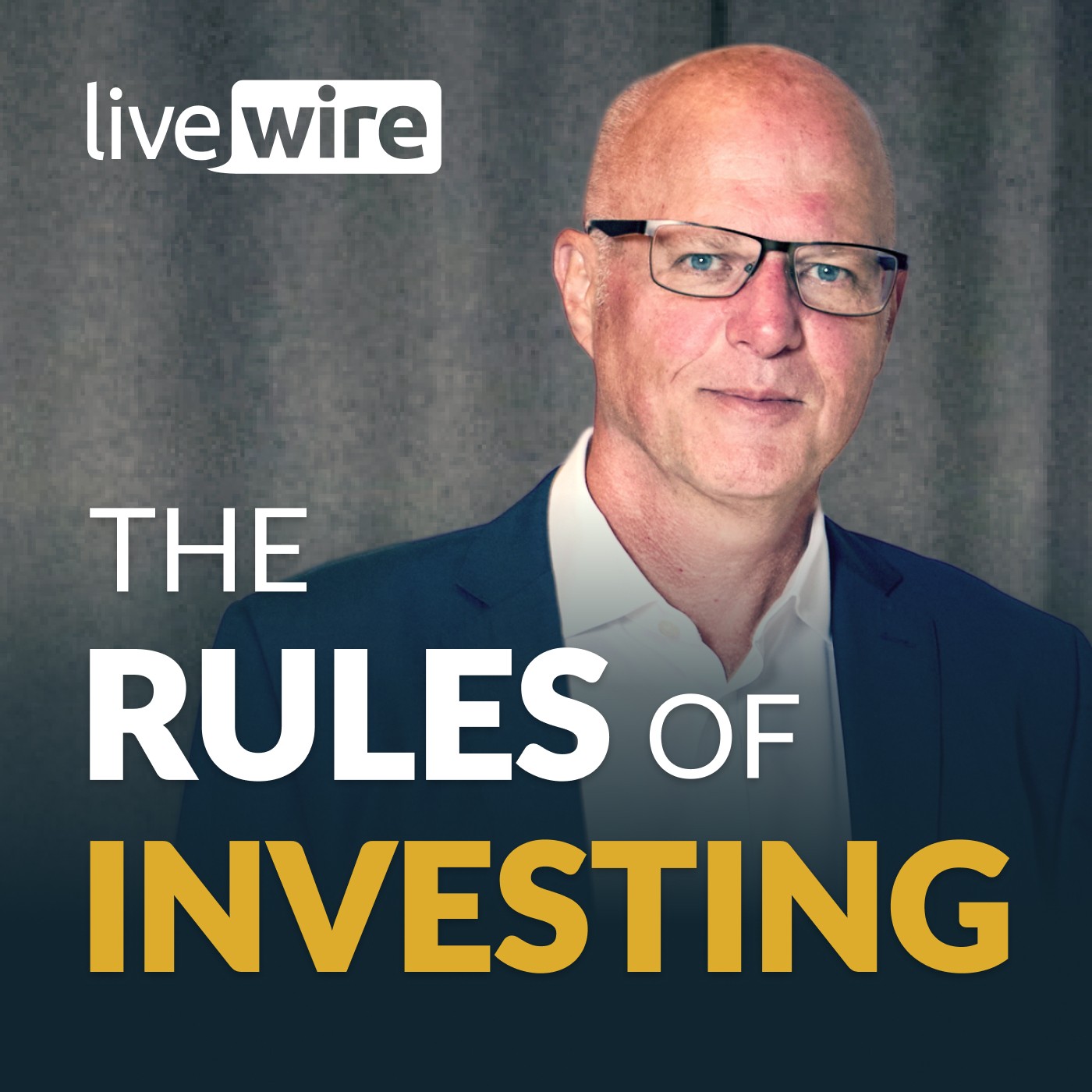What happened to that recession we were promised?
Description
Although Keating was responding to a poor GDP print and doing his best to control the narrative, at the start of the rate hiking cycle in mid-2022 most in the market spoke of an impending recession with almost as much certainty. As it stands today, said recession is yet to materialise.
So, what happened? And perhaps more importantly, what does it mean for investors?
In explaining why a recession hasn’t occurred, Sebastian Mullins, Head of Multi-Asset, Australia at Schroders points out that both the Australian and US governments pumped money into their respective economies—something we hadn't seen in a long time.
“During the GFC, you had targeted programs to bail out banks and stimulate the economy, but on average, you had a very, very loose monetary policy and very tight fiscal policy to preserve balance sheets – i.e. improve the fundamentals of both corporate and government balance sheets”, says Mullins.
“This time around, it's the reverse. We're hiking rates but the government's stimulating aggressively. So that has offset quite a bit of it”, says Mullins.
Regarding America, where most of the recession indicators have been flashing red, Mullins adds that the US went into the current downturn un-levered – at least compared to previous episodes.
“If you think about what the pillars of the economy are, you have the consumer, you have corporates, and you have the government”, notes Mullins.
The US consumer de-levered after the GFC, reducing their amount of debt to GDP, as did corporations. “You'd expect higher interest rates to crack corporates”, says Mullins, but that hasn’t happened.
And while the government has been hurt by higher rates due to the bigger interest payments on its debt pile, “If the two pillars of the private economy are fine and the corporates are all fine, then there's no recession”, says Mullins.
Great, no recession. What about inflation?
For Mullins, the inflation conversation depends on how far into the future you look. “So in the short term, inflation's definitely coming down,” says Mullins.
As for the next five years and beyond, Mullins believes there are structural forces that will mean inflation could stay above the long-term targets of central banks – although that doesn’t have to be a bad thing.
“There are more inflationary forces in the system now than they were over the past decade” notes Mullins, adding that “things like fiscal stimulus that's here to stay”.
“You're seeing more populous governments come in around the world. You're talking about the election in the US, they're both going to spend.
"It doesn't matter who wins, it just depends on who they spend on. But there's no tea party candidate or fiscal conservative”, says Mullins.
Mullins points to other inflationary factors, including de-globalisation, on-shoring, and increased security spending—whether that means military, food, mineral, or cybersecurity.
“So all that is to say, we're not saying we're going to 1970-style inflation, but if in the US 2% was the ceiling of inflation for the past decade, we think it's going to become a floor. So, it might be between two to three, maybe two to four [percent]”, says Mullins.
So, how are you investing?
A potentially higher floor for longer-term inflation seems like a small price to pay following the most aggressive rate-hiking cycle in living memory.
If someone offered the current economic and investing scenario back in late 2022 and early 2023 – with equity markets near all-time highs, bonds providing a decent yield, and an absence of recession – we’d all likely take it in a heartbeat.
So, as a multi-asset strategist, how is Mullins shaping portfolios in light of macro developments and a seemingly benign backdrop? Find out in this edition of The Rules of Investing, presented by James Marlay.
Mullins provides a view on Australian, US, Chinese and Japanese equities, bonds, and Australian vs. US credit. Finally, he outlines the bull case moving forward as well as the biggest risk to the outlook.
Note: This episode was recorded on 27 August 2024.
https://www.livewiremarkets.com/wires/what-happened-to-that-recession-we-were-promised

